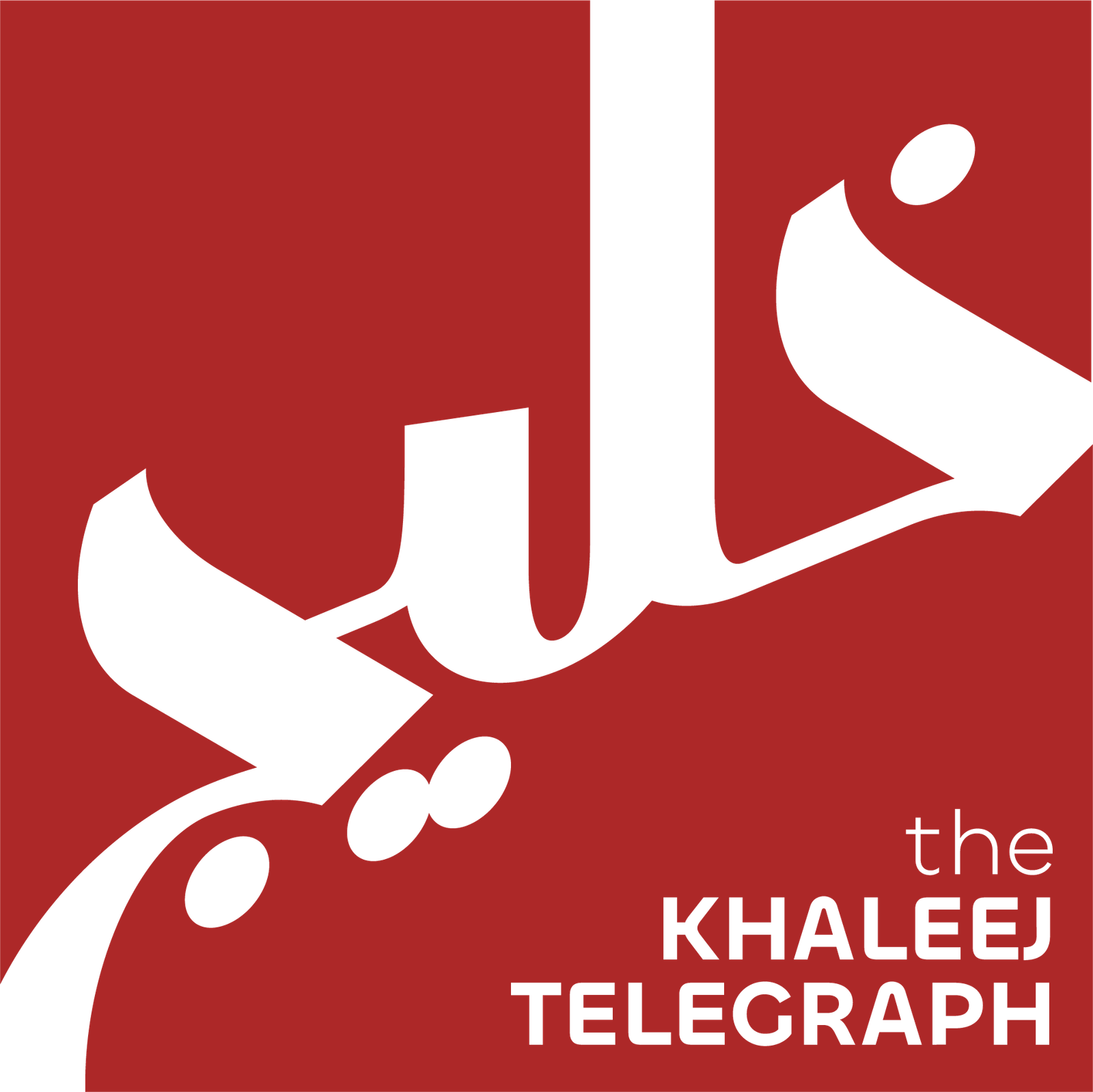The Makkah mobile stroke unit saved the life of a Ugandan pilgrim who suffered a severe cerebral hemorrhage inside the Grand Mosque. The Saudi Press Agency reported the successful rescue on Sunday. This comes as Hajj preparations ramp up across the holy sites.
The pilgrim collapsed and lost consciousness while performing rituals. Within seconds, a specialized medical team responded using advanced mobile stroke technology. According to the Makkah Health Cluster, the team delivered critical care in just 16 minutes. This is far faster than the global benchmark of 60 minutes for stroke response.
After stabilizing the patient, the team transferred him to King Abdulaziz Hospital in Makkah for further treatment and neurological rehabilitation. Doctors expect the patient to make a full recovery and rejoin the pilgrimage.
Stationed strategically at the Grand Mosque, the Makkah mobile stroke unit is part of Saudi Arabia’s broader Hajj health initiative. The unit operates under the King Faisal Specialist Hospital and Research Centre. It includes a full medical team: neurologist, cardiologist, respiratory therapist, radiologist, emergency nurse, and paramedic.
With thousands of pilgrims arriving daily, the need for rapid medical response is critical. The unit’s ability to diagnose and treat stroke victims on-site dramatically increases survival and recovery chances.
This incident underscores Saudi Arabia’s commitment to safeguarding pilgrims’ health. Every Hajj season, the Kingdom deploys more than 50,000 healthcare workers. This ensures 24/7 medical readiness at key locations including Makkah, Mina, and Arafat.
Just last week, another medical team at King Abdullah Medical City restored the eyesight of an Egyptian pilgrim. He experienced sudden vision loss. This further proves the robust healthcare system supporting pilgrims this year.
As the pilgrimage continues, the Makkah mobile stroke unit stands ready to save lives with precision, speed, and compassion. It serves as a vital part of Saudi Arabia’s world-class Hajj medical infrastructure.


